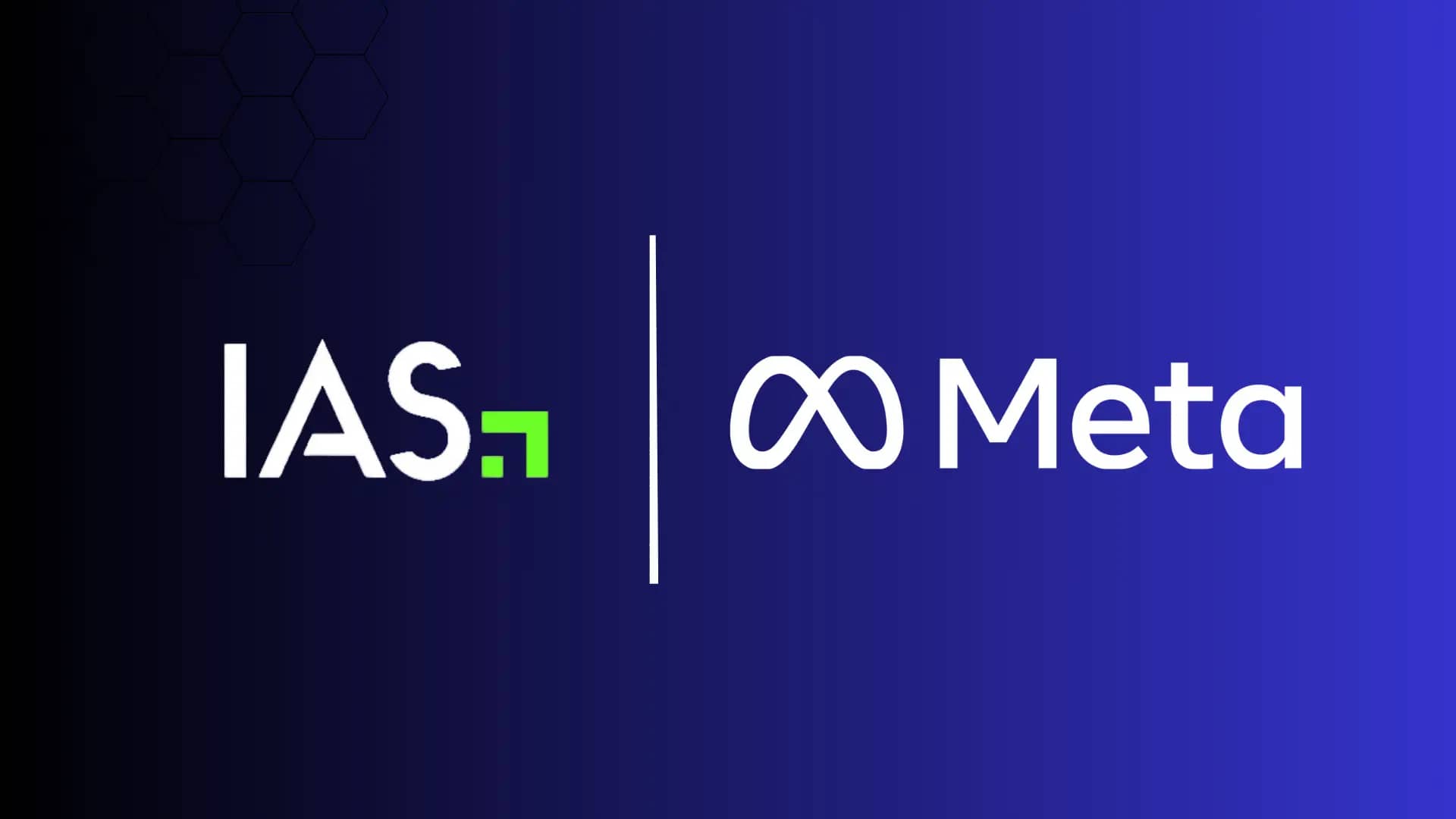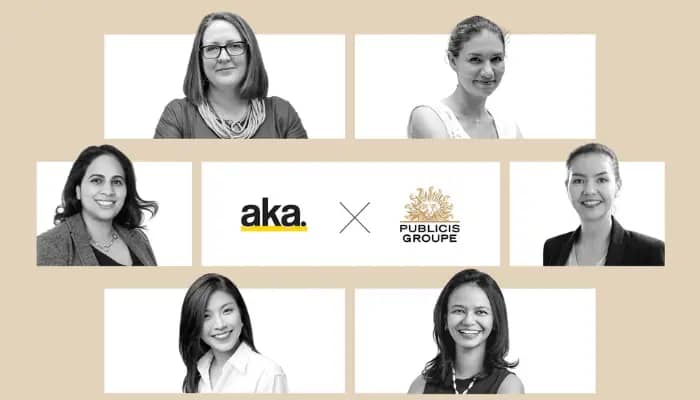Manila, Philippines – Despite the fact that a majority of marketers in Asia-Pacific recognise the use of advertising verification tools in their work, a new report from DoubleVerify notes that it is still not ‘always on’ across marketers in the region, with only 1 out of 3 stating they use it on an ad-hoc basis.
This is despite the fact that the report highlighted that 91% of APAC marketers agreeing that it is important to do so to drive performance in digital advertising, and 98% of marketers using ad verification tools in their campaigns.
It also noted that a significant portion of marketers surveyed failed to evaluate digital media buys against core quality metrics, with only 17% evaluating critical effectiveness indicators like brand suitability, viewability, fraud, or if the ad was served in the intended geography.
The report also highlighted the evolving role of social media and the rise of retail media. It noted that social media has evolved from being a platform for connection to a channel that reinforces integral touchpoints of the commerce journey – with Filipino users utilizing social media for brand and product discovery (43%), brand and product research (56%), and product purchase (13%).
Moreover, it noted that social media has evolved from being a platform for connection to a channel that reinforces integral touchpoints of the commerce journey – with Filipino users utilizing social media for brand and product discovery (43%), brand and product research (56%), and product purchase (13%).
With this in mind, super-apps are also a big phenomenon at the moment, where local commerce marketplaces, such as Grab, Lazada, and Shopee, have grown in popularity as discovery channels, beating out traditional platforms like Google Search. Marketers agree with the rising significance of retail media with 99% of APAC marketers planning to increase retail media spend over the next 12 months.
The report also noted that almost 70% of consumers in Southeast Asia spend more time consuming content online each day. As many as 98% of marketers surveyed said they use attention metrics measurement tools to evaluate digital media purchases; however, traditional metric measurements alone are not enough.
Lastly, technology continues to evolve, as does the advertising industry, marked by the presence of digital advertising (in the 2000s), programmatic (in the 2010s), and artificial intelligence (in the 2020s). At the same time, developments in AI will have a far-reaching impact on the advertising industry; in particular, the predictive capabilities of machine learning to optimise ad performance in various areas.
Steph King, senior sales director for Southeast Asia at DoubleVerify said, “Effective digital advertising requires not only intent but also targeted action. The DoubleVerify study in Asia Pacific illuminates the critical need for marketers to align their goals with comprehensive media quality measurement practices, ensuring that every campaign resonates with integrity and impact. Amidst the vast opportunities for digital ad spending growth in Asia Pacific, advertisers, including those in the Philippines, face the critical task of safeguarding their investments through continuous verification across all channels. Media quality serves as the cornerstone of every campaign.”
Meanwhile, Tinee Cruz, senior sales director for Philippines at DoubleVerify, commented, “The digital ecosystem in the Philippines is experiencing unprecedented growth, particularly in the evolving role of social media. With the proliferation of digital channels and platforms, advertisers are presented with unparalleled opportunities to connect with target audiences, yet they also face the challenge of navigating an increasingly fragmented digital landscape. Ensuring media quality, anchored on brand suitability and authenticity, is essential for aligning digital ads with the brand’s values and image, thereby enhancing credibility and trust. DoubleVerify’s APAC research report aims to provide the necessary data and insights to empower marketers in raising the standards of media quality.”











